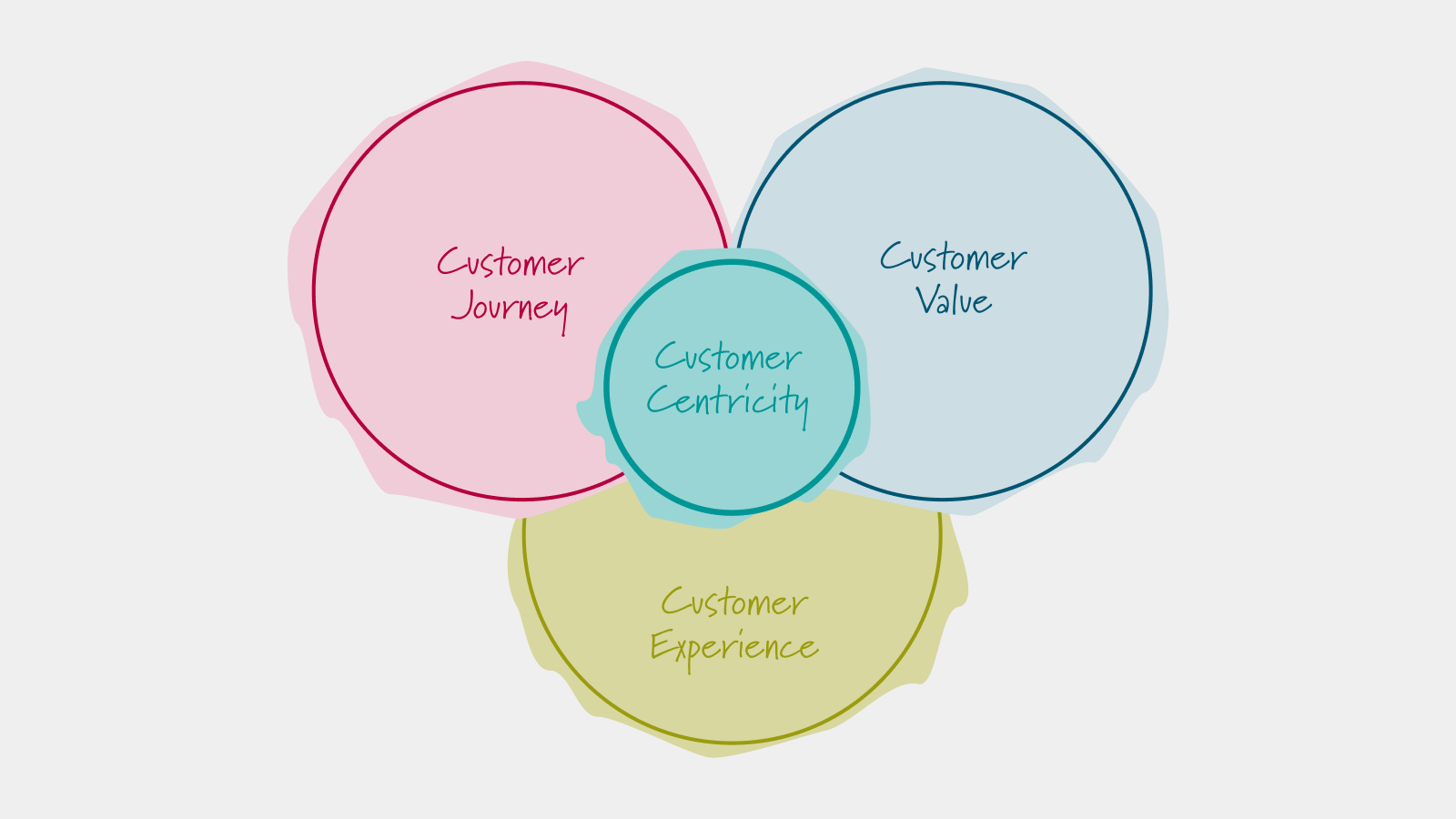
Problem-Solving Technique 1: Visualisation
How Visualisation will help you solve problems
Mika Lembrecht
25.10.2024
Visualisation means presenting abstract data and complex processes graphically to make them more accessible and understandable. This can be done in the form of flowcharts, Gantt charts, process maps or other visual tools. The purpose of visualisation is to present the entire process clearly and distinctly.
What is the purpose of visualisation?
Visualisation is used to make complex information and processes easier to understand. Graphical representations help teams and individuals to see how different elements of a process or system are connected and interact. This not only facilitates comprehension, but also communication within a team, since everyone involved is using the same visual reference.
How does visualisation work?
The process of visualisation begins with the collection and organisation of relevant data. This data is then presented in a suitable visual form, such as flowcharts that show the sequence of tasks and decisions, or Gantt charts that visualise schedules and project progress. Other tools, such as process maps, provide a comprehensive overview of the various phases and steps of a process. These visualisations make complex information easy to understand and provide a clear overview of the current state of a process or project.
The benefits of visualisation
A key advantage of visualisation is its ability to quickly identify weak points, bottlenecks and inefficiencies. Visual representations help to reveal problems that often remain hidden in text-based documentation. For example, a flowchart can immediately show where delays occur in the process, while a Gantt chart clarifies the timing of a project and highlights bottlenecks in the planning.
Another important aspect of visualisation is that it promotes collaboration and communication within the team. When everyone involved has a clear and comprehensible representation of the process in front of them, it is easier for them to contribute their observations and suggestions for improvement. This creates a culture of continuous improvement, in which processes are regularly reviewed and optimised. Employees can openly discuss their ideas and concerns, leading to creative solutions and innovative approaches.
Why does visualisation help solve problems?
Visualisation makes it easier to understand complex problems by transforming abstract data into an easy-to-understand form. By displaying data graphically, teams can identify the root causes of problems more quickly and develop targeted measures to solve them. In addition, visualisation makes it possible to simulate different scenarios to evaluate the impact of potential solutions before they are implemented. This leads to more informed decisions and more effective problem-solving strategies.
Visualisation is an indispensable part of any problem-solving process. It enables teams to understand complex processes, identify inefficiencies and collaborate on solutions. By promoting collaboration and communication, visualisation helps to increase efficiency and boost productivity, ultimately leading to more sustainable business success.

Workshops
Resources
All Rights Reserved.





